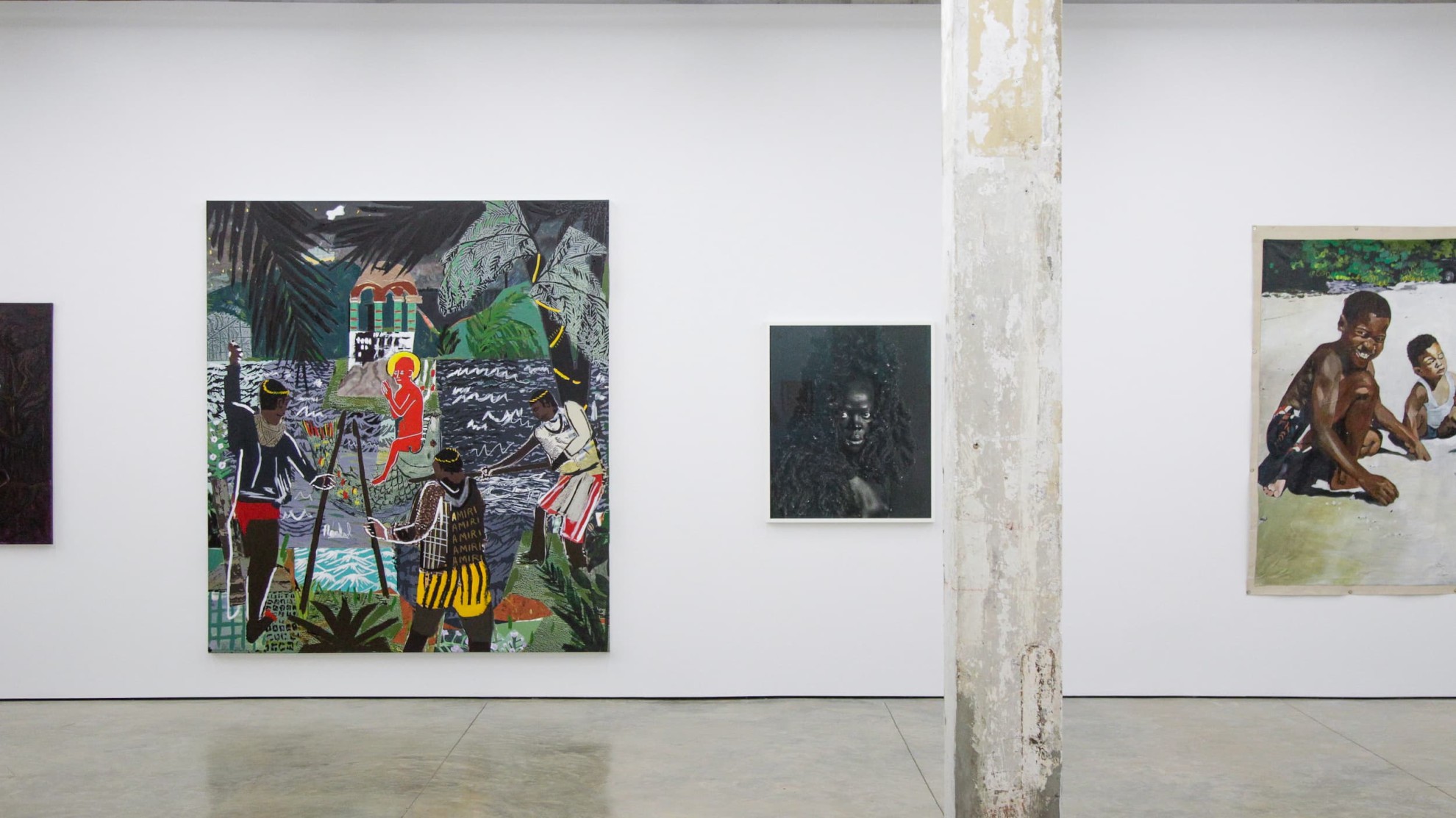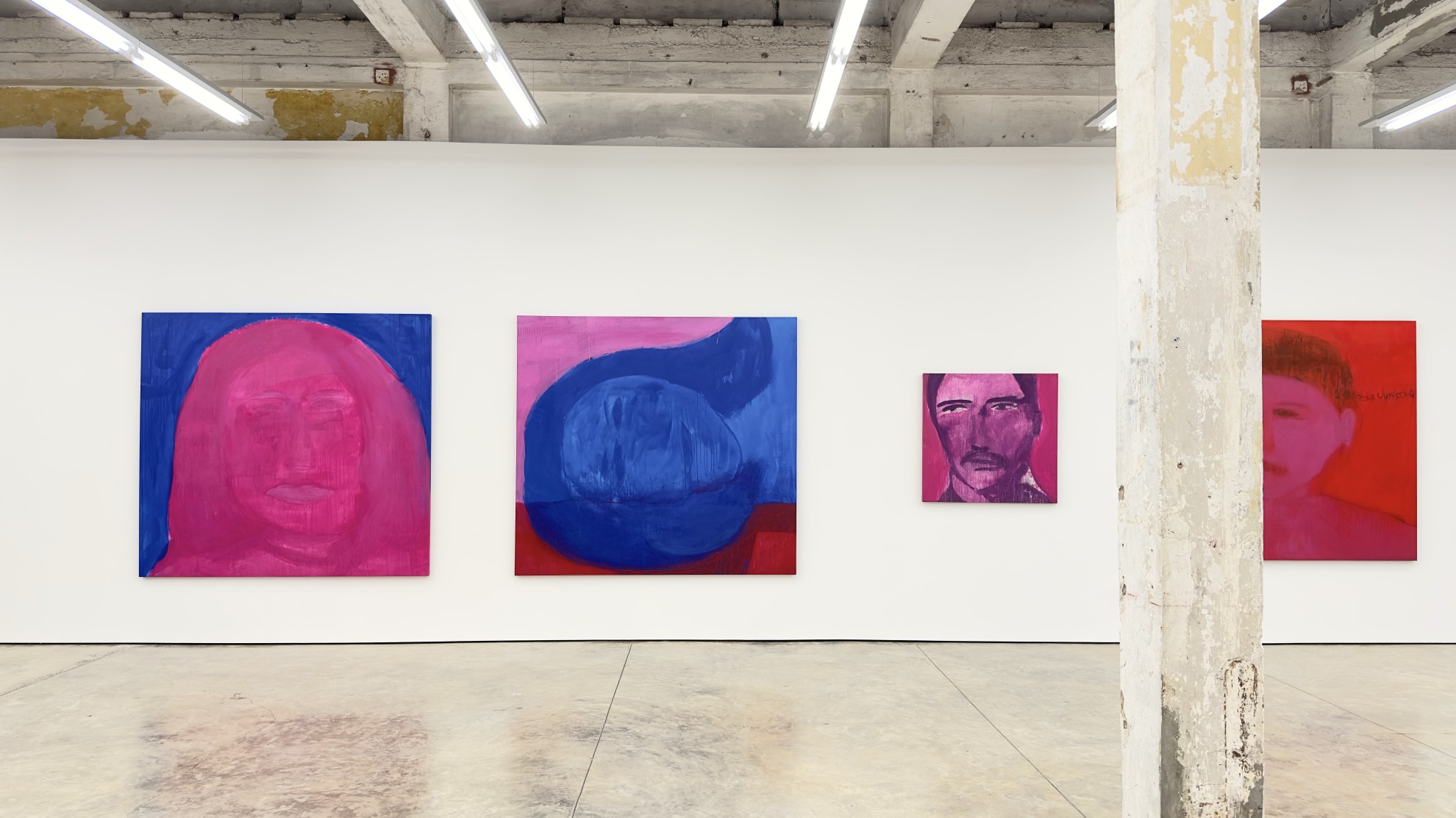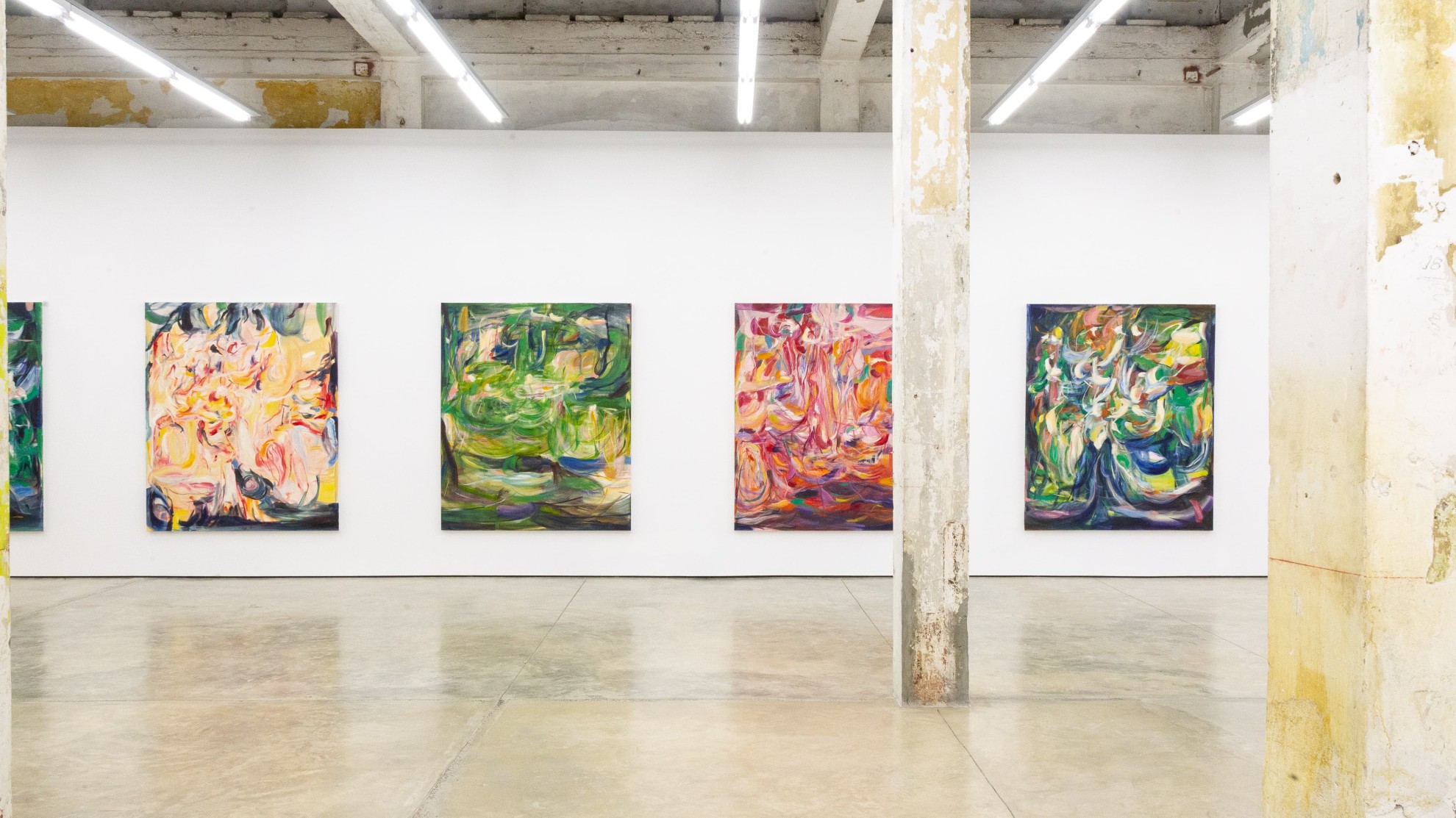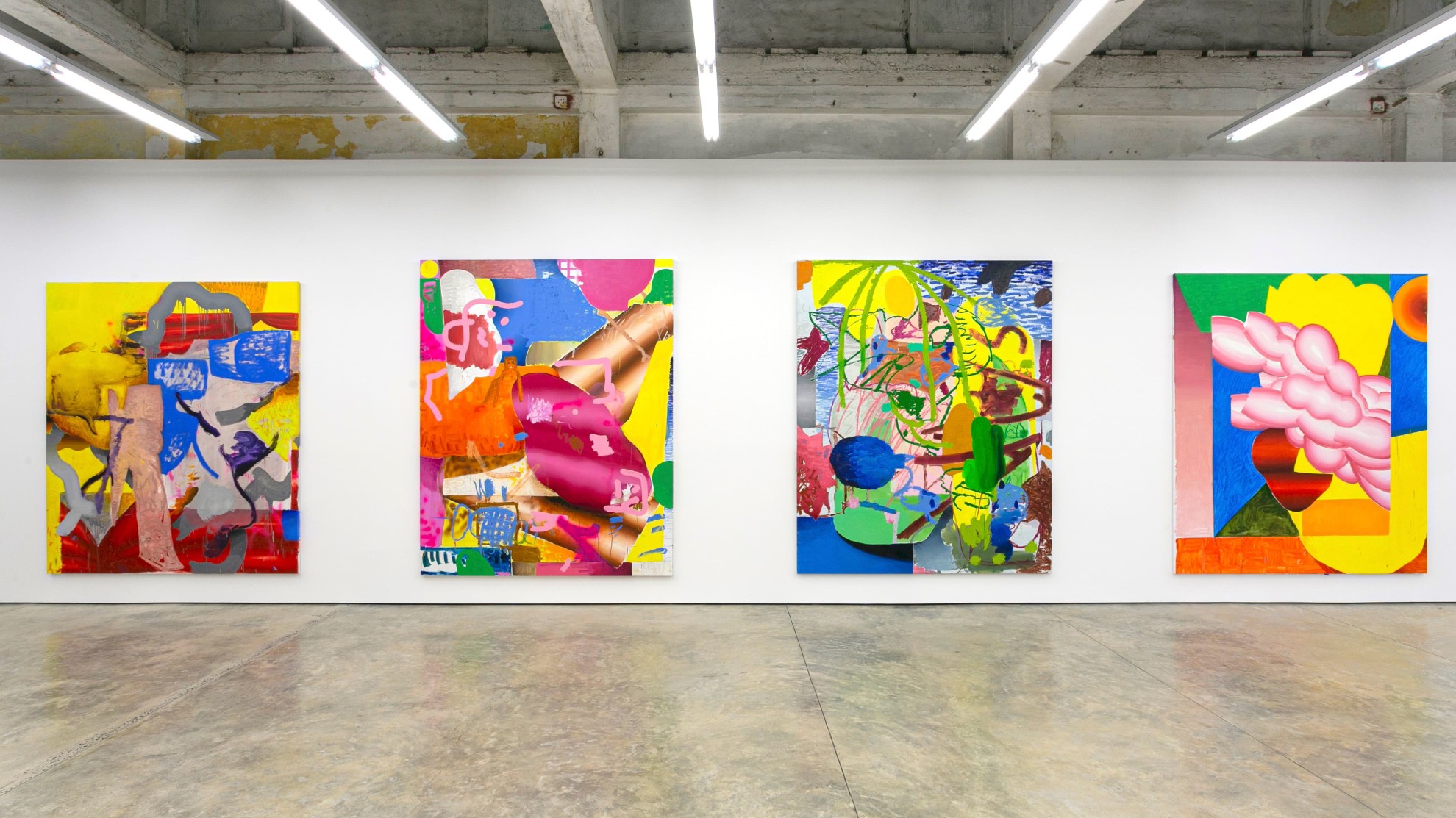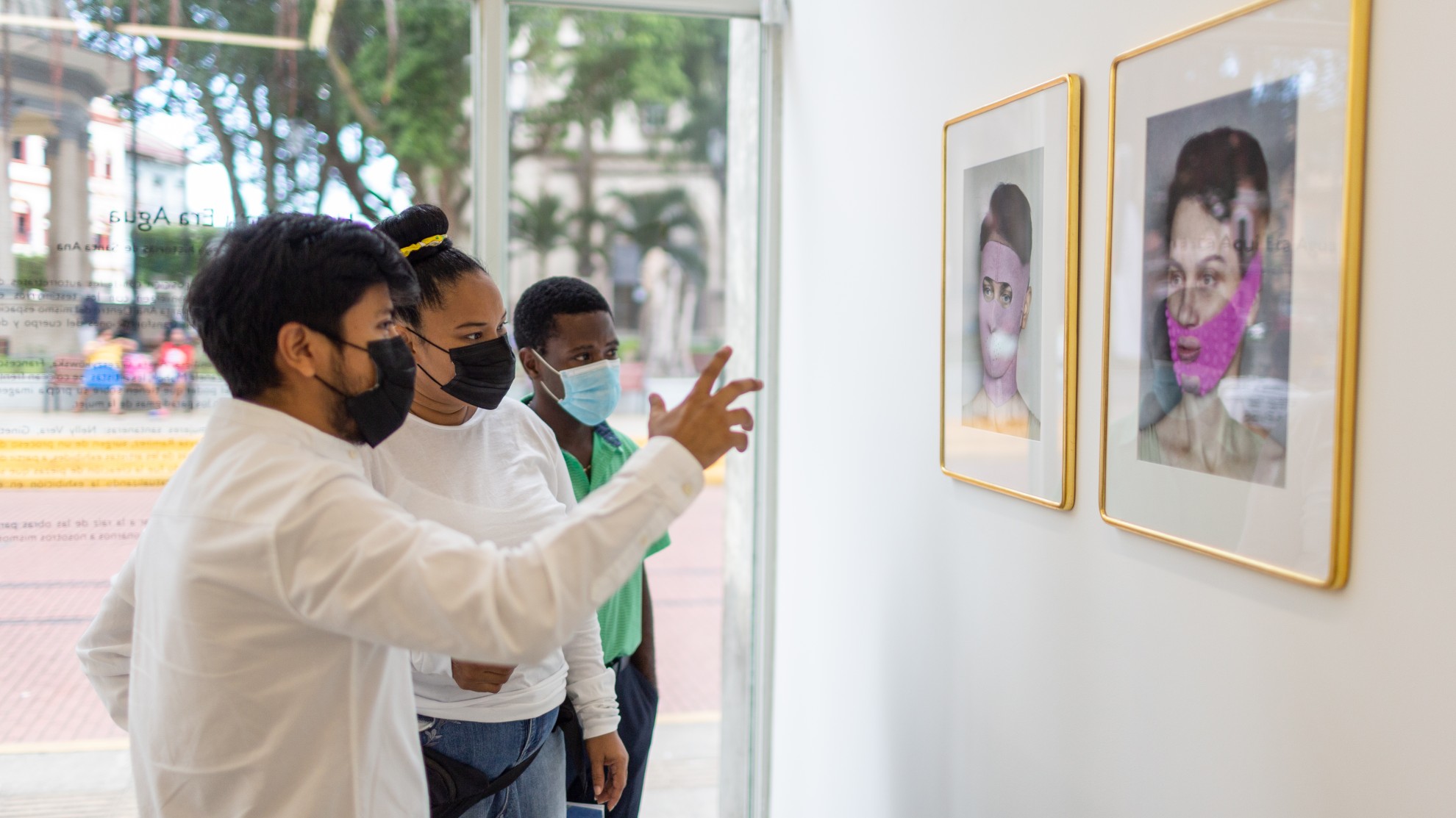EXHIBITIONS

Read more
Nothing is Different is a deeply intimate exploration—a pictorial journey into Lorena Torres’s rawest and most personal emotions. Each work echoes a lived experience, the trace of a feeling that refuses to go unnoticed. For Torres, painting is not an aesthetic act, but a vital one. Her art becomes a diary, a confession, a mirror of obsessive sensitivity: a gaze that looks at the other with almost fetishistic intensity, when passion turns into madness, into overflow, into need.

Read more
The work invites us to reimagine the past as a sensorial and emotional journey that rescues forgotten memories and spaces. It poses questions about how to reconstruct a yesterday that was never lived, illuminating the faces of shadows and streets that whispered their stories. Giana De Dier intervenes with archival images in an act of visual and emotional archaeology, weaving an imaginary realm between the possible and the uncertain. With nostalgia and romanticism, her proposal evokes a deep collective memory, giving voice to the ephemeral and the lost.

Read more
Nathan Ritterpusch (b. 1976) is an American painter who creates works that examine our ways of seeing. Both realistic and gestural, his paintings are often created from photo references and then distorted through smudging, overlapping, and collage, among other methods. Ritterpusch captures the intimate moments of life, revealing what is left unspoken and transporting the viewer.

Read more
A still skin of color holds a restless gaze: a painting, a flower? Flowers’ symbolic and ornamental capacity wasn’t forged by humans, but the other way around: our ability to see is thanks to them. It is believed that color vision developed primarily to recognize plants – sources of medicine, sweetness, and nutrition – and flowers are the most precise way to identify them. In other words, if it weren't for flowers, painting wouldn't exist. At this point in history, the floral is a horror vacui of symbolisms: layers of desires and fears projected over layers of wonders and woes, economic, religious, and intimate. Powerful essences of meanings are distilled and concocted with images of flowers.

Read more
The artist duo Donna Conlon and Jonathan Harker are master observers, transforming their unique perspective into moving works of video art that have garnered attention from the art world and beyond. Collaborating since 2006, Conlon and Harker have produced eighteen video works to date, each commenting on life with a sense of humor and subtlety that is unparalleled. This body of work is shown in its entirety for the first time in this exhibition, making it accessible to a wider audience in Panama, the chosen home of both artists.
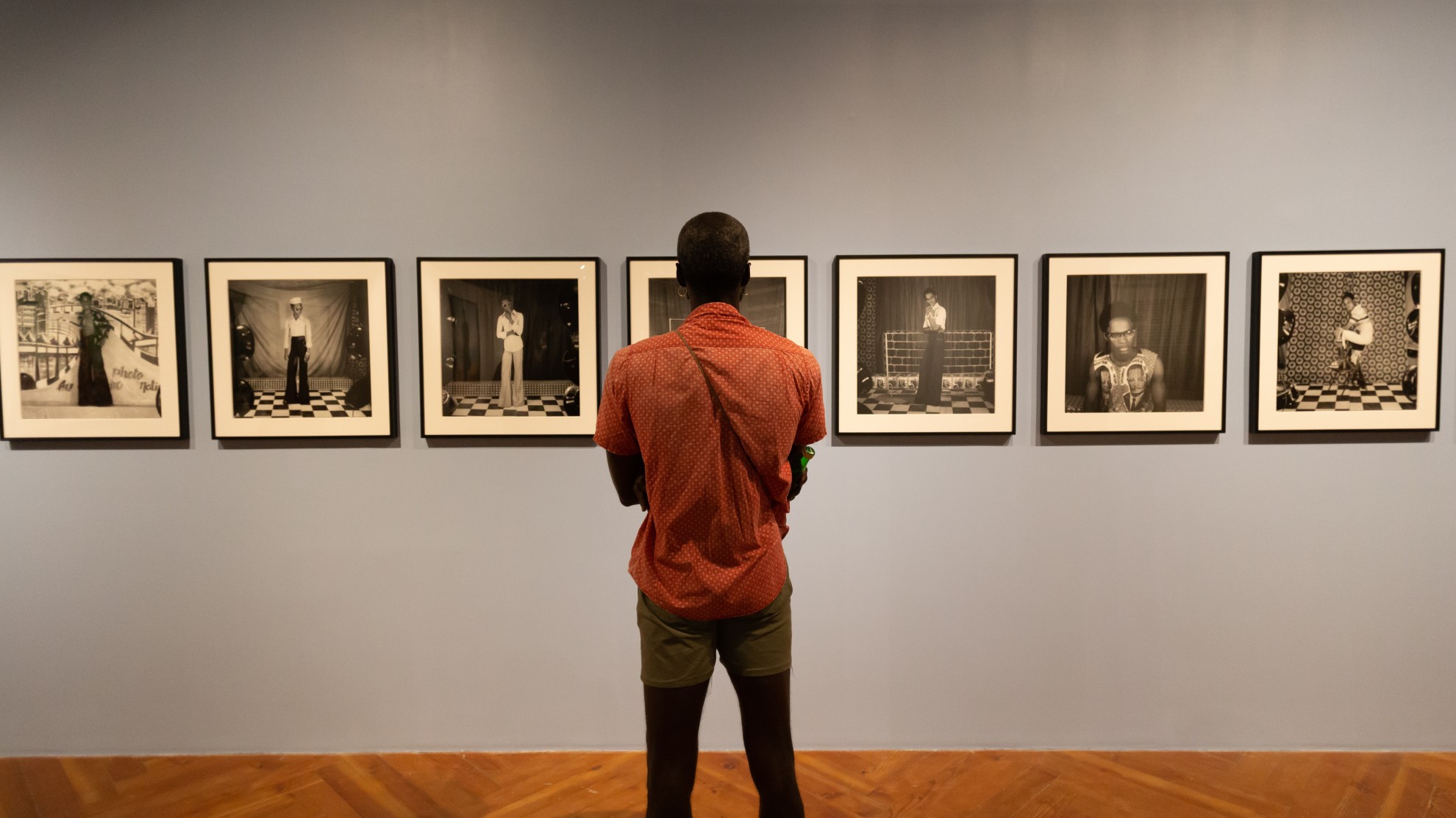
Read more
For the first time in Latin America, Samuel Fosso: Finding the Self in Others is a journey through almost 50 years in the career of this Cameroonian-French artist who works at the intersection of photography and performance. As personal as it is universal, Fosso’s work examines African identity through its heroes and stereotypes, inviting us to reflect on our own roots and identities.
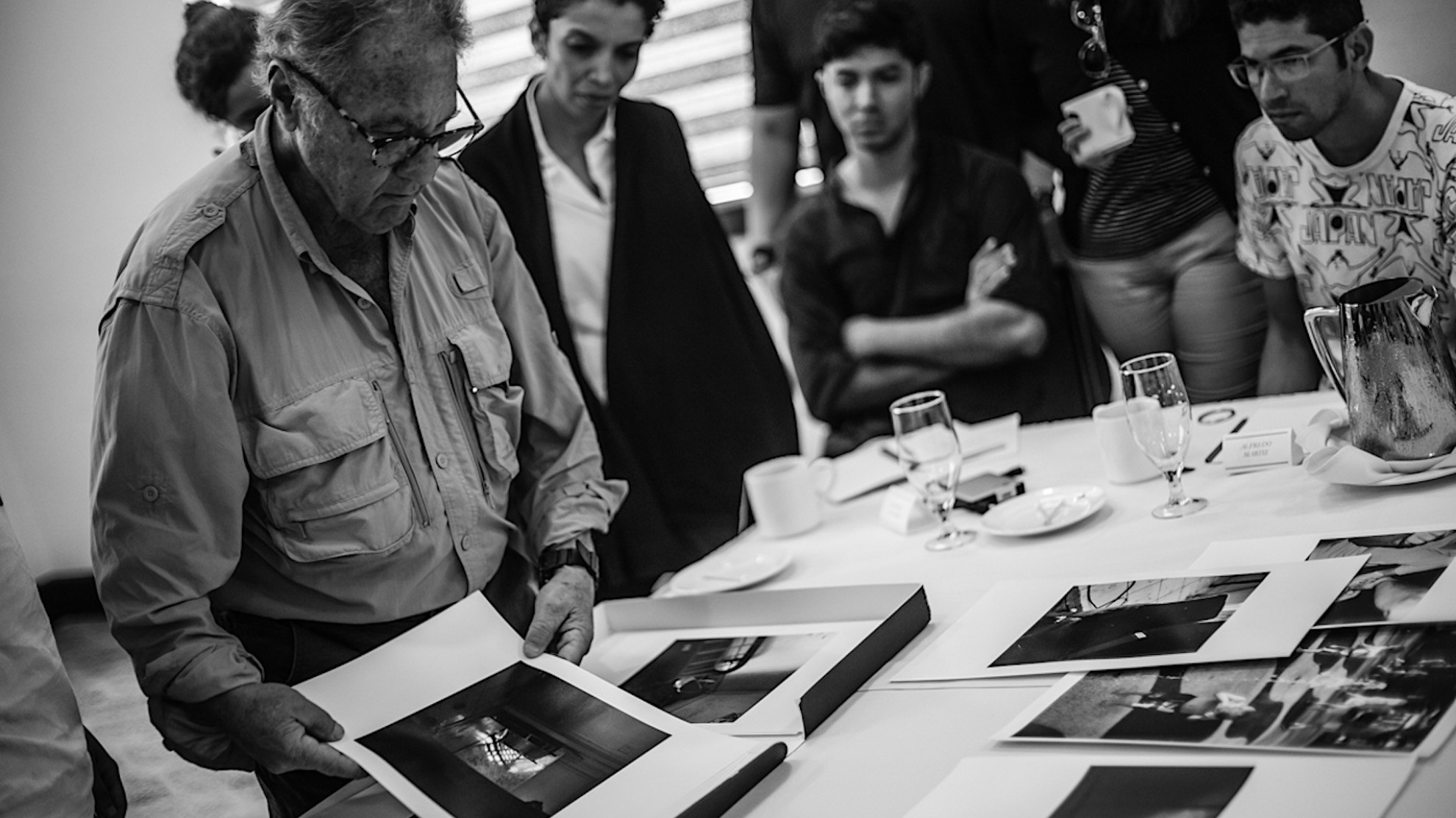
Read more
"Larry Fink: An American Life", una exposición sin precedentes en la región, constó de 75 fotografías en blanco y negro del reconocido artista, abarcando desde obras muy tempranas sobre la vida en Manhattan, Harlem, el Bronx, la Quinta Avenida y el bohemio Greenwich Village, hasta un autorretrato de 2015 tomado en su casa, en la zona rural de Martins Creek, Pennsylvania, cubriendo más de medio siglo de la historia personal de Larry Fink e invitando a los espectadores a examinar su vida "americana". Curada por Marcello Marvelli, la exposición estuvo acompañada por un catálogo con ensayos de Fink, Marvelli y Adrienne Samos. Fluctuando entre la improvisación, una intuición incomparable, el "ojo de un trotamundos" y un "estado obsesivo de asombro", Fink invita a los espectadores a recorrer su impresionante cuerpo de trabajo y a conectar a través de una amplia programación interdisciplinaria que contó con diversos diálogos, talleres y un inolvidable evento musical.
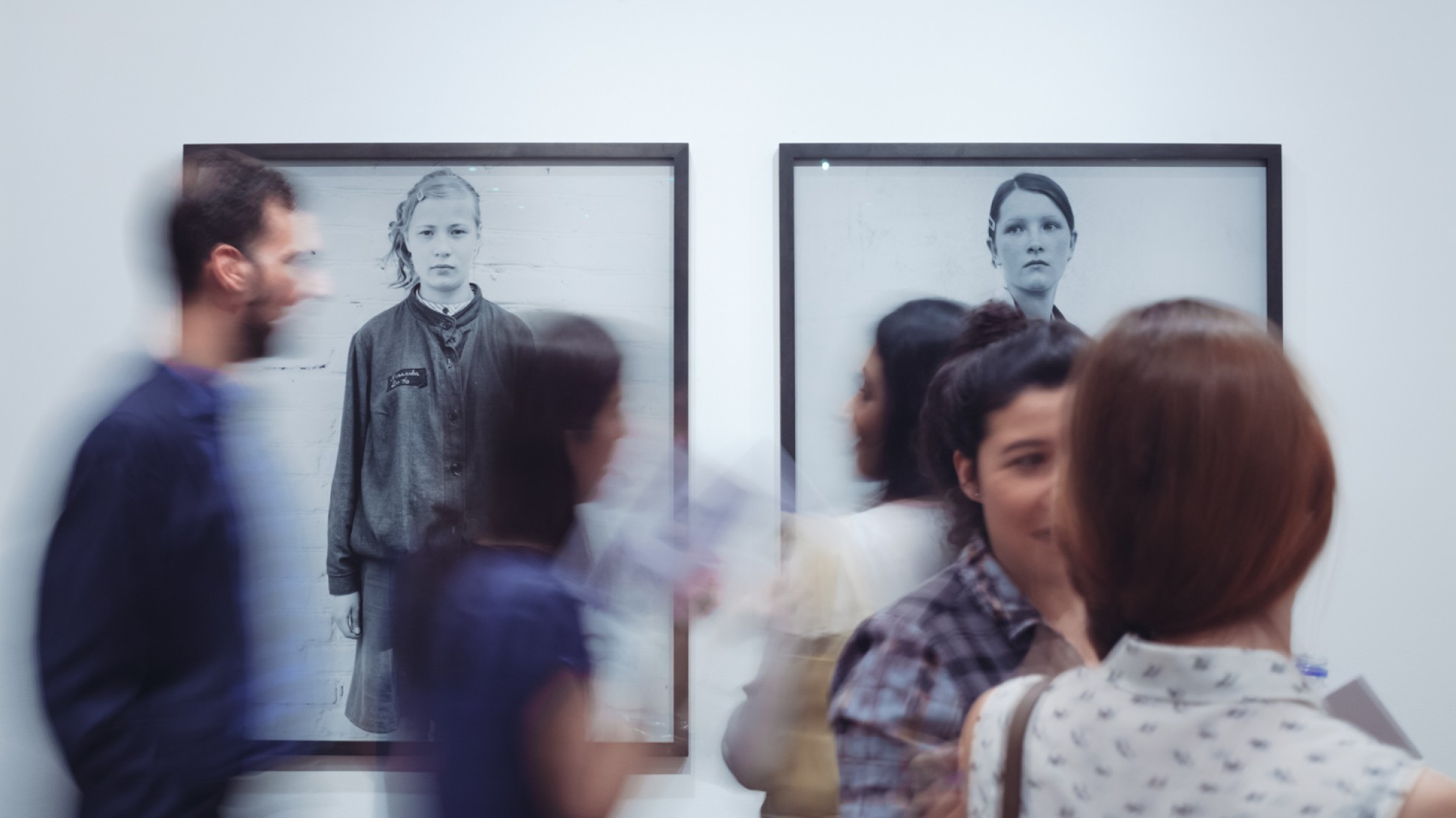
Read more
“Miradas: Retratos en la fotografía contemporánea”, la primera exposición organizada por Casa Santa Ana, exploró la relación compleja y cómplice entre el retratado, el fotógrafo y el observador. Esta exposición —curada por Johann Wolfschoon— motivó a los espectadores a preguntarse “qué distingue un gran retrato del raudal de imágenes que inundan el ciberespacio, las calles, las galerías, los celulares y nuestras complicadas vidas”, como explica Adrienne Samos en el catálogo de la muestra.


